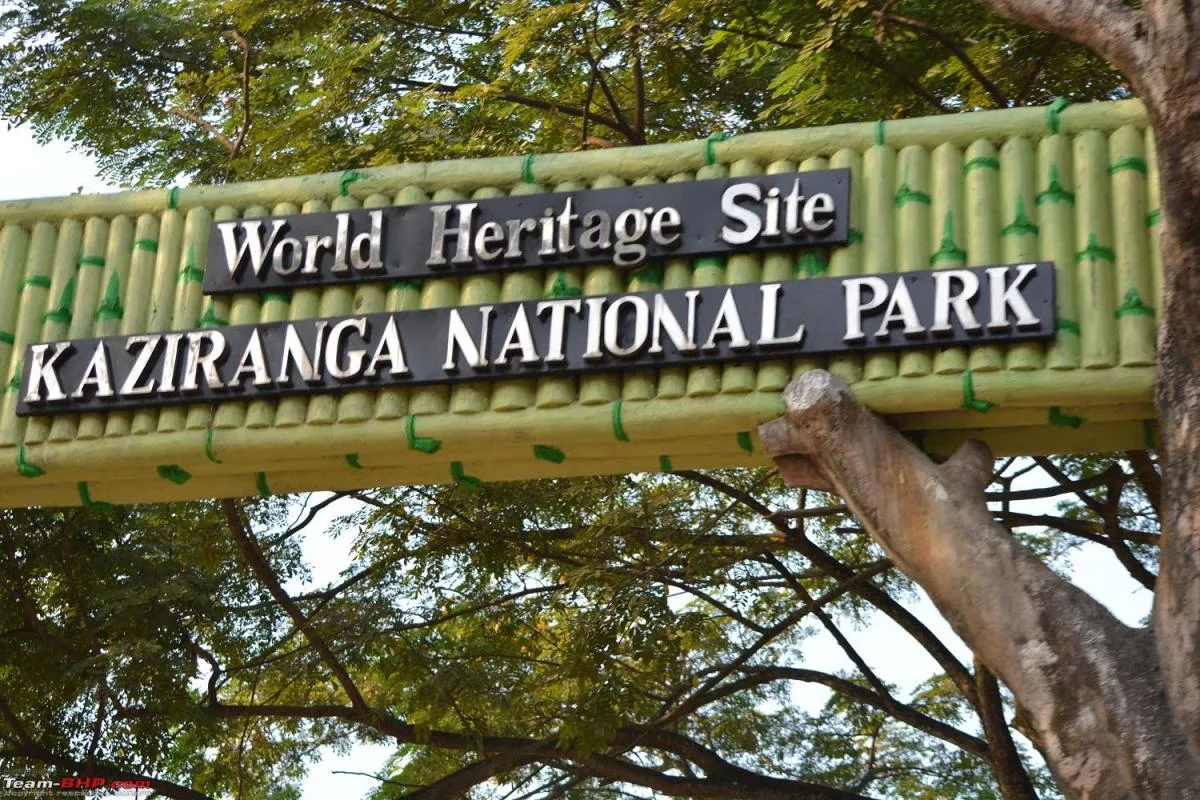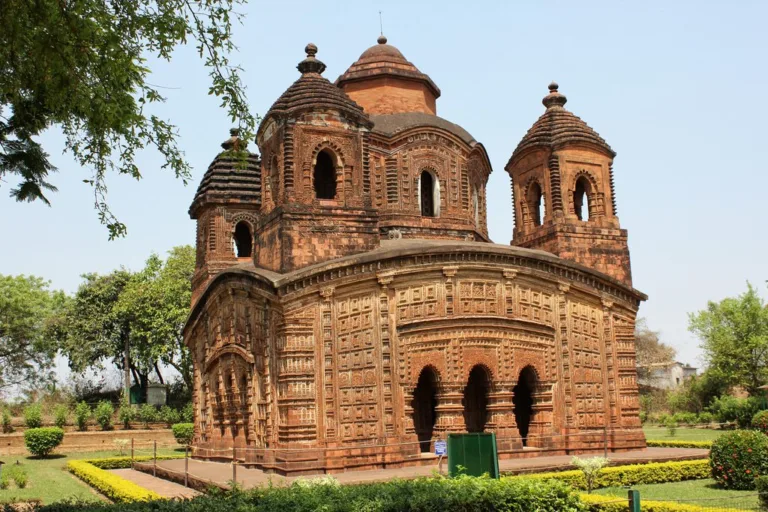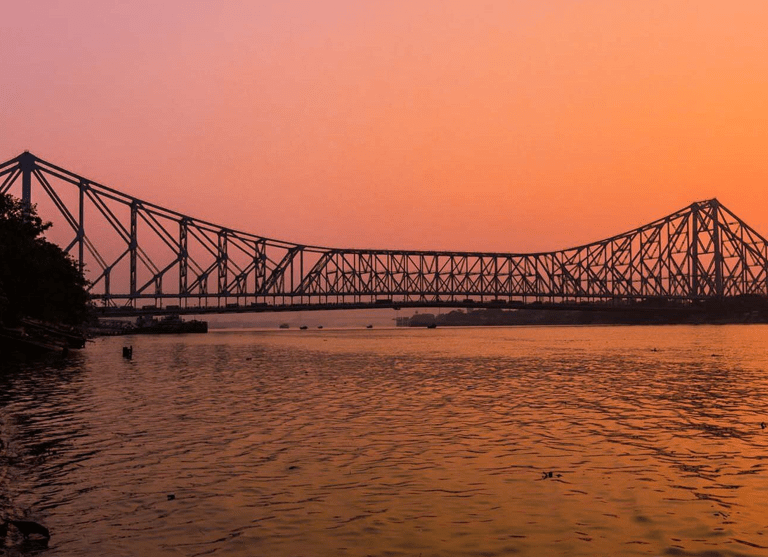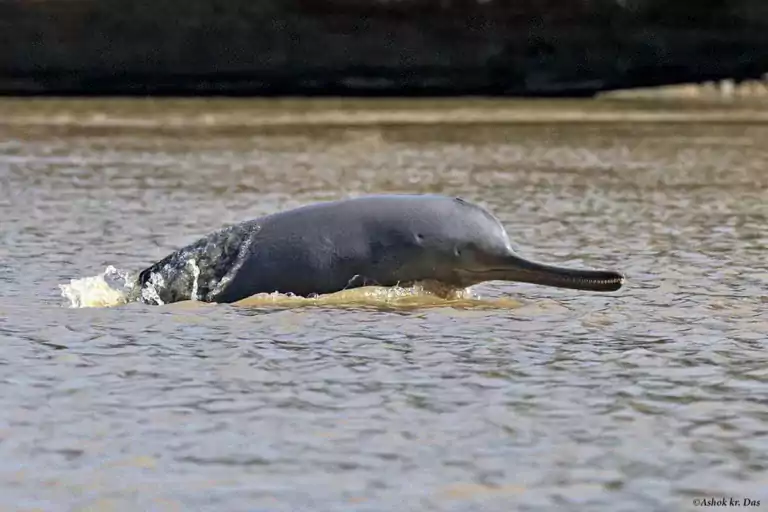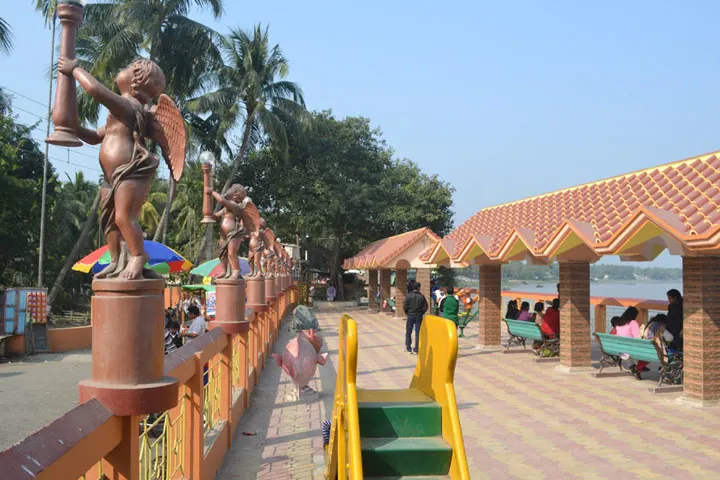About Kaziranga National Park
Kaziranga National Park is a renowned wildlife sanctuary located in the northeastern state of Assam, India. It is known for its exceptional biodiversity and is primarily famous for being a stronghold of the Indian one-horned rhinoceros, which is classified as a vulnerable species.
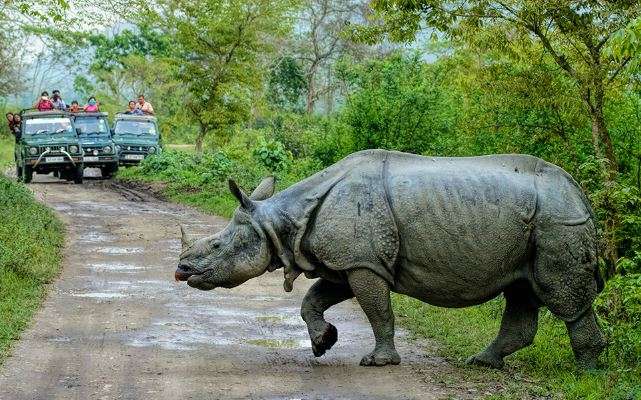
Flora:
Due to the difference in altitude between the eastern and western areas of the park, here one can see mainly four types of vegetation’ like alluvial inundated grasslands, alluvial savanna woodlands, tropical moist mixed deciduous forests, and tropical semi-evergreen forests. Kumbhi, Indian gooseberry, the cotton tree, and elephant Apple are amongst the famous trees that can be seen in the park. Also, a good variety of aquatic flora can be seen in lakes, ponds, and along the river shores.
Fauna:
The forest region of Kaziranga Park is home to world’s largest population of Indian Rhinoceros. Other animals that can be seen in the elephant grass, marshland and dense tropical moist broadleaf forests of Kaziranga are Hoolock Gibbon, Tiger, Leopard, Indian Elephant, Sloth Bear, Wild water buffalo, swamp deer, etc. With increase in tiger population every year, the government authorities declared Kaziranga as a Tiger Reserve in the year 2006. Also here one can find good number of migratory bird species from Central Asia.
Best Time to Visit
Kaziranga Park remain closed from 01 May till 31 Oct every year for the visitors. Therefore November to April is the best time to visit Kaziranga National Park.
Summer (April to May): During this time of the year, the climate remains dry and windy; one can find animals around the water bodies.
Monsoon (June to September): From June till September, the region receives heavy rain, approximately 2,220 millimeters (87 in); thus the climate remains hot and humid. The park remains closed from May to October due to warnings of Brahmaputra river floods.
Winter (November to February): Perhaps the best time to visit the Kaziranga National Park as the climate is mild and dry. Chances of spotting rhinos are more in winter as the grass burn off and the background becomes clearer.
Safari Timings
To promote wildlife tourism in Assam, Kaziranga Park authorities organizes a jeep and elephant safari tour.
- Morning Jeep Safari: 8:00 AM to 10:00 AM
- Afternoon Jeep Safari: 02:00 PM to 04:00 PM
Elephant Safari Timing
- Morning: 05:30 / 06:30
- Morning: 06:30 / 07:30
Safari Gate/Zones
Sprawling over an area of 430 sq km, the park alias the hotspot of diversity is split into four areas; each has its own distinguish feature regarding grasslands, the density of mammals & bird, land topography, terrains. Below are some points of the pre-defined tourist circuits where the jeep safari takes place:
- Mihimukh in Central Range at Kohora
- Bagori in Western Range at Bagori
- Agaratoli in Eastern Range at Agaratoli
- Ghorakati in Burapahar Range at Ghorakhati
Major Attractions in & Around the Park
To enjoy the best of the park, it would be good to take a jeep or elephant but what apart from these options? Fortunately around Kaziranga, one can find an ample number of nature getaways options like wildlife sanctuaries, parks for bird watching and hill stations. So, if, by chance, tourists have some extra days at their disposal than go to the list of places mentioned below to make the holiday even memorable. Below are some places to visit around Kaziranga National Park:
- Orang National Park (114 kms)
- Hoollongapar Gibbon Sanctuary
- Addabarie Tea Estate
- Kakochang fall (46 kms)
- Deopahar (51 kms)

